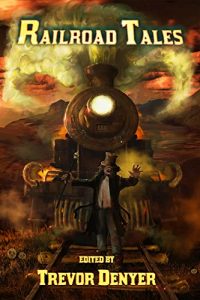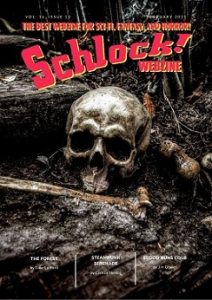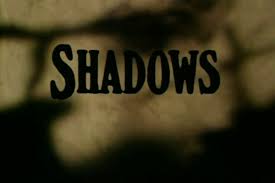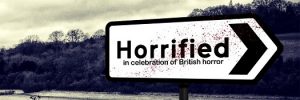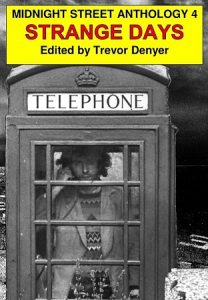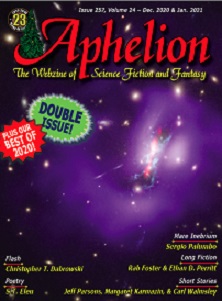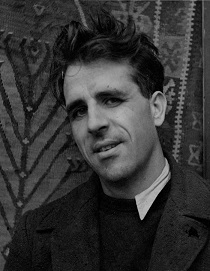![]()

© Swords and Sorcery Magazine
My short story The Orchestra of Syrak is now available to read online in the 116th issue of Swords and Sorcery Magazine. As the name of the magazine suggests, The Orchestra of Syrak belongs to the fantasy genre and for that reason it’s been published under the penname Rab Foster, the name I attach to any fiction I write that involves magic, castles, mythical monsters and brawny, heroic swordsmen lumbering around clad in nothing but leather jockstraps, and that evokes the spirit of such writers as Robert E. Howard, Michael Moorcock and Karl Edward Wagner.
Actually, The Orchestra of Syrak involves only a small dollop of magic and monstrousness and contains no castles or brawny swordsmen at all. It’s about a group of thieves who discover a strange assortment of musical instruments and, if it’s indebted to any writer, then it probably owes something to the American pulp-ster Clark Ashton Smith. In the 1920s and 1930s, Smith churned out dozens of phantasmagorical stories, many of which were published in the doyen of pulp-fiction magazines, Weird Tales. In the 1970s, some of his better-known stories appeared in Britain, published by Panther Books in paperback collections with titles like Lost Worlds Volume 1 and Volume 2, The Abominations of Yondo and Genius Loci. The collections’ covers featured some fabulously colourful and evocative artwork by Bruce Pennington. In fact, I like Pennington’s artwork so much that I’ll use this entry as an excuse to reproduce it here:
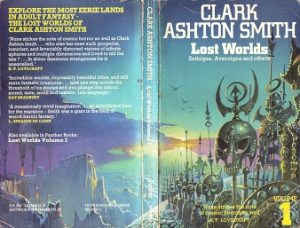
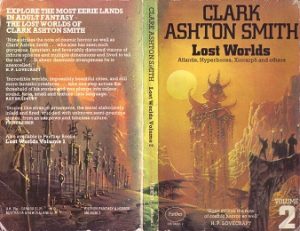
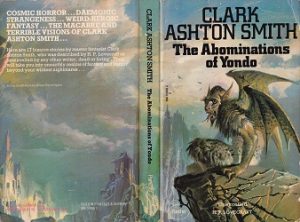
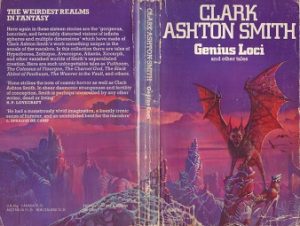
© Panther Books
Returning to Clark Ashton Smith – one thing you can’t ignore about him is the unashamed verbosity of his prose. He was never a writer to use one adjective when half-a-dozen, multi-syllabled and archaic ones would do. I know I’m guilty of overwriting occasionally, but the opening paragraph of The Orchestra of Syrak contains six adjectives and adverbs, while in the similar-sized opening paragraph of the title story in The Abominations of Yondo I counted 21. Still, although Smith’s prose veers off into dark shades of purpleness, I have to say I find it endearing, though it’s not something I can digest in more than small doses – any more than I’d want to eat slices of rich, dark, thickly-creamed Black Forest Gateau all the time. (I think it’s a shame, however, that so many young, up-and-coming fantasy writers are so influenced by Smith that they laboriously try to emulate his writing style. While Smith’s style is uniquely appealing, that of his imitators is often just unreadable.)
For the next month, The Orchestra of Syrak can be read here, while the home page of issue 116 of Swords and Sorcery Magazine can be accessed here.
And here’s a picture of the young Clark Ashton Smith, looking oddly like Jarvis Cocker in his His ‘n’ Hers period.

From wikipedia.org

